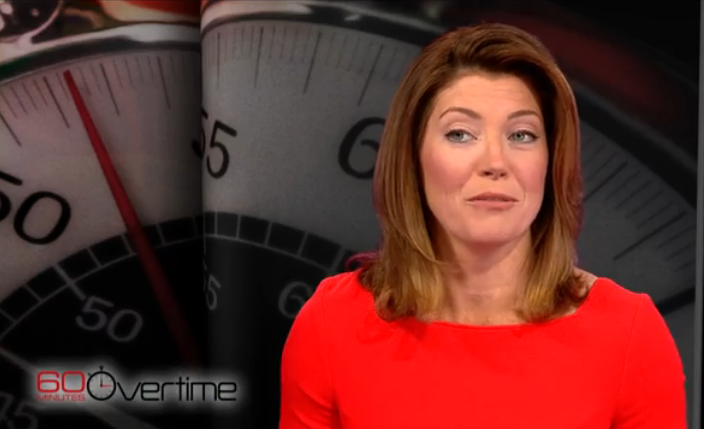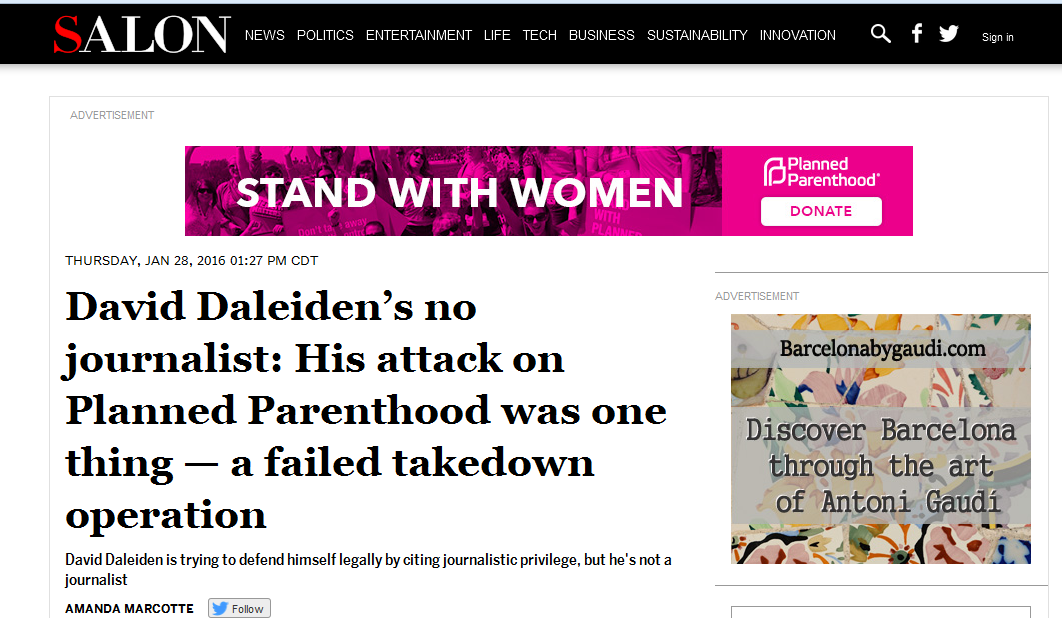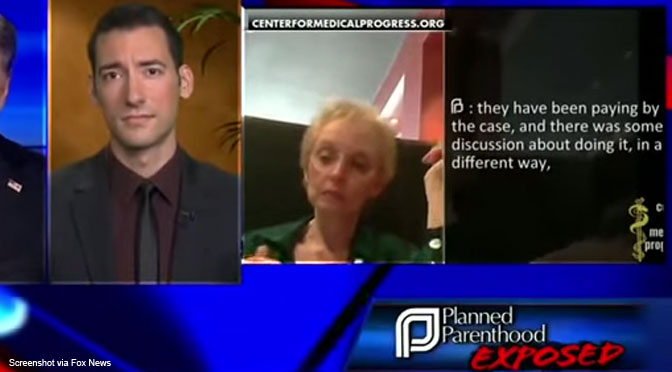In April, 60 Minutes, anchored by correspondent Norah O’Donnell, went undercover to expose the “fundraising tactics of members of Congress” – with little criticism. This comes following media outrage on how the Center for Medical Progress (CMP) went undercover to expose the way Planned Parenthood and the abortion industry were bartering over and selling aborted fetal body parts.

Norah O’Donnell from 60 Minutes
In her 60 Minutes report, O’Donnell appears to be motivated by what she believes is a waste of taxpayer money and time after learning how members of Congress were allegedly pressured to spend 30 hours a week inside “call centers” to bring in funds for party leaders. O’Donnell and the 60 Minutes team set out to investigate the accusation. But there was a snag in their plan, because the call centers were off limits to the public and their initial attempt to gain access was abruptly turned down.
From 60 Minutes:
Unable to find pictures or footage from inside the call centers, 60 Minutes asked to film in them, but the team was turned down. They decided to film inside one anyway. “If lawmakers who are paid by the American taxpayers are spending a majority of their time raising money on the phone, I think it’s an important part of our story to see what those offices look like and take our viewers behind the scenes, in this case, with a hidden camera,” O’Donnell says.
Producer Pat Shevlin admitted on camera that they asked if they could go inside and shoot but were told “no.” She called the eventual decision to film undercover “justified” in this case: “We were pretty scrupulous about it. Everyone is worried about hidden camera. I mean it’s not something you take lightly when you do it,” she said, bragging that her team has a number of ways to “hide cameras.”
While Shevlin also claimed they could “never lie about who we are or why we are someplace” in order to conduct an undercover investigation (“If challenged, you cannot give a false reason why you are there”), use of hidden cameras after they were forbidden from access to the center doesn’t really jibe with this statement. But we should take them at their word, right?
Perhaps instead, the public should demand that 60 Minutes release all of its full footage video shot inside the call center (after all, the Center for Medical Progress released its full footage videos to the public) so we can hear what was said for ourselves. Then it can be analyzed to determine if in fact the footage is “unedited.” Perhaps local authorities could raid O’Donnell’s home, like authorities did to CMP’s lead investigator David Daleiden, in the chance that there was something untruthful or illegal in the way the 60 Minutes team obtained its footage.
Of course, I am not seeking to debate the topic exposed by 60 Minutes in their piece, but to show the media’s complete hypocrisy on the use of undercover tactics. Why is it bad to expose Planned Parenthood’s potentially illegal actions and good to expose a Republican “call center” of sorts – or anything else, for that matter? Leah Jessen of The Daily Signal saw the contradiction in February when she contrasted the use of undercover work and hidden cameras between CMP with a 60 Minutes piece by correspondent Steven Kroft, writing:
Its investigation was designed to raise red flags for the lawyers by revealing an intent to move questionable funds in the United States through purchases and other ways that would be concealed from law enforcement, Global Witness officials told Kroft.
Of 16 lawyers secretly recorded by the undercover investigator, only one outright declined to participate. The others suggested ways to help move the funds without compromising the true source, Kroft reported.
It was a familiar scenario. Only so far no one appears to be calling for Global Witness to be punished for surreptitiously trying to expose unethical or illegal activity.

Screen grab of Salon Magazine says David Daleiden is not a journalist – while running donation ads for Planned Parenthood
The use of undercover tactics is certainly nothing new. Last year, I published examples of the use of undercover video and hidden cameras by journalists dating back years. A 1996 editorial written by Richard Harwood in the Star News described plenty of examples of undercover tactics used by journalists and even detailed several by CBS, writing:
Leslie Stahl dons a black wig and poses as a prospective client to expose the practices of a Romanian adoption agency. Ed Bradley goes to China posing as a businessman in order to expose the abuse of prison labor. A sound man poses as a cancer patient to infiltrate a cancer clinic in California.
CBS is not the only media outlet to go undercover to expose illicit dealings for the greater public good. NBC’s “To Catch a Predator” on Dateline raised concern of ethics after they used fake online profiles to entice child sex predators to show up at the alleged homes of children. Other media giants have used the same sorts of tactics. In 2002, Bob Steele, of the Nelson Poynter Scholar for Journalism Values, criticized ABC’s undercover work exposing a grocery store chain for allegedly selling spoiled meat, writing:
Hidden cameras and any form of deception should be used judiciously and rarely. They should be reserved for those exceptional stories of great public interest involving great harm to individuals or system failure at the highest levels.
Furthermore, deception and hidden cameras should be used only as a reporting tool of last resort, after all other approaches to obtaining the same vital information have been exhausted or appropriately ruled out. And, news organizations that choose to use deception and hidden cameras have an obligation to assure their work meets the highest professional standards.
It was a multi-million dollar lawsuit brought against ABC in the above case that caused many within the media to scale back their use of undercover work. But that did not stop the Washington editor of Harper’s Magazine, Ken Silverstein, who described in a Los Angeles Times editorial his reasons for using undercover reporting:
Yes, undercover reporting should be used sparingly, and there are legitimate arguments to be had about when it is fair or appropriate. But I’m confident my use of it in this case was legitimate. There was a significant public interest involved…
Whether or not the end justifies the means, the truth is that when it comes to exposing Planned Parenthood, the mainstream media regularly turns a blind eye to any accusations of unethical or illegal behavior by the abortion giant. While Planned Parenthood receives over half a billion dollars in taxpayer monies annually, the media conveniently refuses to question anything they do.
This forces citizen journalists like David Daleiden and The Center for Medical Progress to step in and do the media’s investigative work for them. For all their talk about ethics in journalism, the media has an agenda. If a story doesn’t fit that agenda, then there simply is no story – unless they can spin it to fit their agenda.
The media needs to go back to rule number one in journalism: Seek Truth and Report It.








